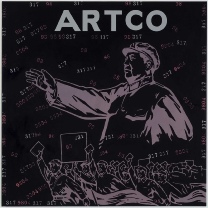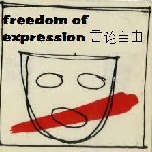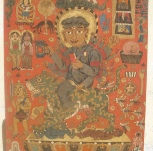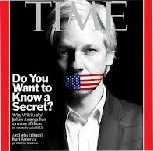
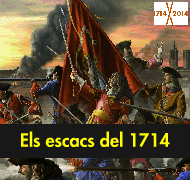

Art’s Obsession with Mao Zedong
Principio del formulario
By Amy Ma and added by me (in red). May 3 2011 The wall street journal.
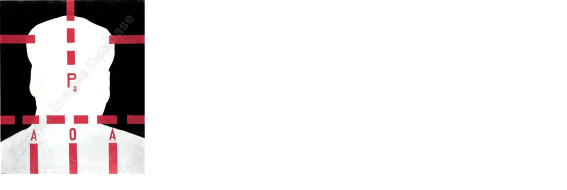
Mao Zedong: P2
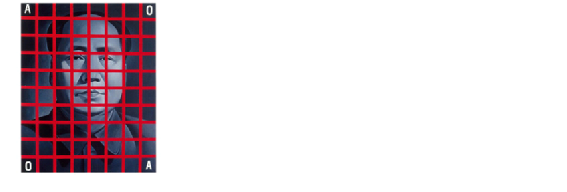
Wang Guangyi’s ‘Mao Zedong — No. 2 of Red Box’
Would you hang a picture of Mao Zedong in your home?
Many people do, says Eric Chang, the international director of 20th-century Chinese art and Asian contemporary art for Christie’s in Hong Kong. In the auction house’s sale of Asian contemporary art — on May 28-29 — the face of Chairman Mao will be a recurring theme.
“One American client purchased a painting of Mao to put in his office because he had many Chinese employees and felt it was a way to relate to them and understand China’s culture,” recalls Mr. Chang. “Another buyer of a Mao piece was from Europe… He bought it for its historical meaning and all the stories it holds. It’s hung in his living room.”
In China, the image of Mao Zedong in public places has been common for decades, but as political propaganda — a tradition that began during the Cultural Revolution (1966-76). “People had photos of Mao in their homes, but it wasn’t considered art,” says Mr. Chang.
He explains that it was Andy Warhol who first brought Mao to mainstream art when he did a series of pop-art paintings of the Communist leader in 1973. By the ’80s, Chinese and Korean artists were doing the same.
“There’s a fascination in the art world with iconic images. If you think about it, there are only a handful of images out there that everyone has seen, and the photo of Mao is one of them. Marilyn Monroe is another example,” he continues. “Artists find it challenging to take something so well-known and iconic and change it in a way to reveal a deeper meaning beneath it.”
But while the Hollywood starlet Monroe makes for an easy-to-like figure, the subject of Mao Zedong is more sensitive. The political leader’s legacy includes the deaths of millions of Chinese during his time in power, numbers that cause some historians to rank him alongside the likes of Hitler and Stalin.
“Yes, Mao is a controversial figure,” says Mr. Chang. “Like him or hate him, he is part of China’s story. Some people think Mao reunited the great China. Others see him even as a god. Religious, political and emotional feelings — Mao brings them all together…. It’s not just about who Mao is. It’s also about all the things that Mao makes you question: democracy, communism, China.”
One of the top lots in Christie’s May auction is an oil painting titled “Mao Zedong — No. 2 of Red Box” by Chinese artist Wang Guangyi in 1989. It has an estimated value of 1.8 million to 2.2 million Hong Kong dollars (about US$231,000 to $283,000). Three other works by other artists in the spring sale also feature Mao. In March at Sotheby’s Mao Zedong: P2 in 1988 was sold for 2.121.900 USD without buyer’s premium (plus 20%).
And mine:
